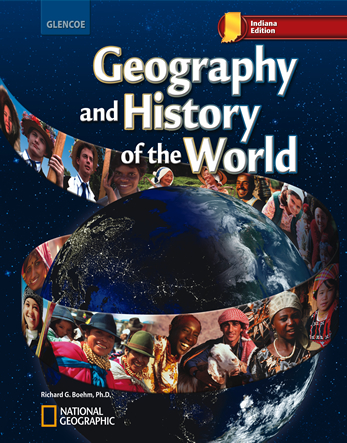

Geography and History of the World © 2010 Indiana EditionChapter 24: Cultural Geography of South AsiaChapter OverviewsSouth Asia's population density is almost seven times the world average, with the population concentrating in areas where the climate, vegetation, and physical features are favorable. Most people live in rural areas, where life has changed little over hundreds of years. In recent years, however, growing numbers of South Asians have been migrating to urban areas for better jobs and wages. The region's cities have turned into population centers where modern buildings contrast with slums and temporary shelters. More than one-fifth of the world's population lives in South Asia. A complex mix of religious, social, and cultural influences reflect the diversity of this region.India More than 15 percent of the world’s population lives in India. Most Indians are descended from the Dravidians and the Aryans. Indians traditionally identify themselves by their religion—Hindus, Muslims, Buddhists, Sikhs, Jains, or Christians. They also identify themselves by their jati. India’s population is mostly rural. The Aryan people settled in Indian in 2000 B.C. creating a rigid caste system. The Vedas, the Aryans sacred writings forms the basis of Hinduism. Buddhism was also born in India. Several more empires were formed before the Europeans arrived. The British colonized India. Gandhi helped lead protests for independence, which was won in 1947. India was divided into Hindu India and Muslim Pakistan. Although most Indians are Hindus, India has a varied culture, with a variety of religions, languages and forms of artistic expression. Pakistan and Bangladesh The Indus Valley Civilization thrived in what is now Pakistan. Environmental changes ended the civilization. Muslim invaders and traders settled the area. Britain eventually took over the land for their Indian colony. After independence, Pakistan broke off into two sections, East Pakistan and West Pakistan. Cultural differences eventual caused West Pakistan to break off and form Bangladesh. Pakistan and Bangladesh both have poor education and health systems. Pakistanis speak a variety of languages while Bengalis speak mainly Bangla. Islam is the main religion of the region. Nepal, Bhutan, Maldives, and Sri Lanka The history of this subregion is very mixed. Bhutan’s history was influenced by Tibetan Buddhism in the 800s, and has been a Buddhist state ever since. The Maldives was settled by Buddhist peoples, but became Islamic when it was introduced in the twelfth century by Arab traders. Nepal’s isolation has prevented it from becoming colonized. It has wavered between monarchical rule and representative government. Sri Lanka was colonized by the Portuguese, British, and Dutch. Although the British ruled the island, its system of law is based on the Dutch. The subregion has a diverse culture representing European, Islamic, and indigenous beliefs and artistic movements. |  |















